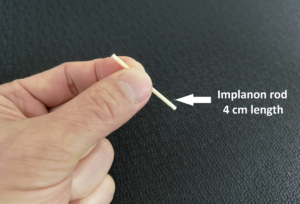 The main purpose of contraception (or birth control) is to prevent an unplanned pregnancy. You should know and understand the different types of methods available to you, the risks and benefits of each, and any possible side effects so that both you and your partner can able to make an informed choice. Contraception can be broadly divided into:
The main purpose of contraception (or birth control) is to prevent an unplanned pregnancy. You should know and understand the different types of methods available to you, the risks and benefits of each, and any possible side effects so that both you and your partner can able to make an informed choice. Contraception can be broadly divided into:
- Temporary or permanent methods – permanent birth control is accomplished through sterilization (tying or removal of the fallopian tubes) or hysterectomy (removal of womb/uterus). The rest of the methods are classified as temporary or reversible.
- Short term or long-term methods – short term methods are condoms and oral pills. Long term methods are injectables, intrauterine device and hormonal implants.
 Hormone implant currently available is Implanon NXT®. It consists of a single plastic rod measuring 4 cm and contain a progestogen hormone called etonogestrel. Implanon is inserted surgically, just under the skin of the upper arm. The implant will release a minute amount of this hormone every day for 3 years. It works by preventing the monthly ovulation (the release of an egg from the ovary) during your menstrual cycle. It also thickens the vaginal mucus to prevent sperm from reaching the egg (fertilization). Continuous effect of the hormone will thin out the lining of the uterus (womb) to prevent attachment of a fertilized egg. Implanon does not contain any oestrogen.
Hormone implant currently available is Implanon NXT®. It consists of a single plastic rod measuring 4 cm and contain a progestogen hormone called etonogestrel. Implanon is inserted surgically, just under the skin of the upper arm. The implant will release a minute amount of this hormone every day for 3 years. It works by preventing the monthly ovulation (the release of an egg from the ovary) during your menstrual cycle. It also thickens the vaginal mucus to prevent sperm from reaching the egg (fertilization). Continuous effect of the hormone will thin out the lining of the uterus (womb) to prevent attachment of a fertilized egg. Implanon does not contain any oestrogen.
